Sculpture with paintings on women body
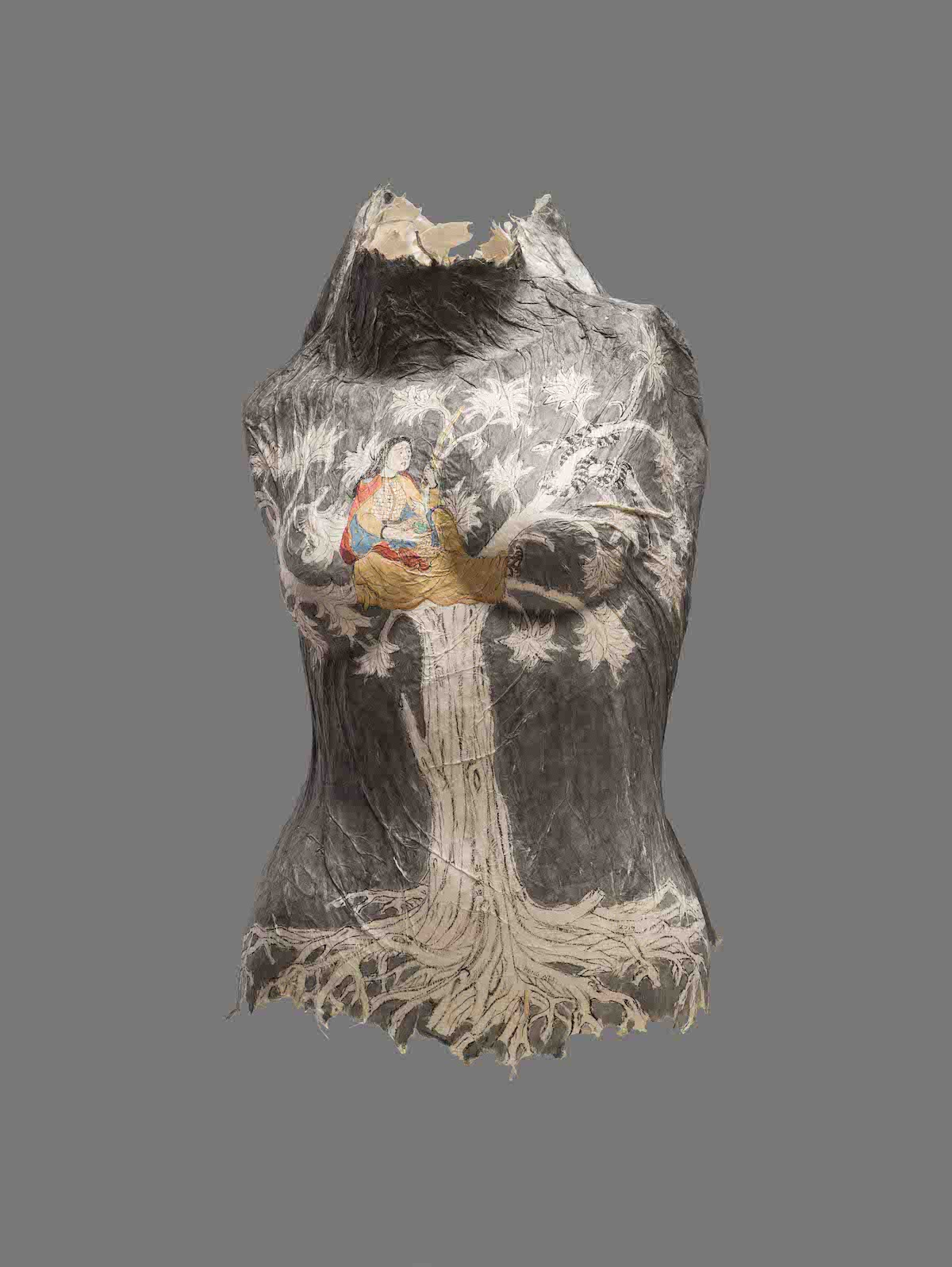
Peng Wei, a contemporary Chinese artist, transforms history through her paper constructions of female torsos. The coloured motifs on the figures, which are made of layers of flax and cotton, come from old Chinese stories like Paragons of Feminine Virtue by Ming-dynasty philosopher Lv Kun and Strange Tales from the Chinese Studio by Qing-dynasty author Pu Songling. Her art strives to both celebrate and defy tradition in a nuanced appreciation of gender by reimagining these historical narratives and reclaiming them from the masculine gaze with a distinctively feminine perspective.
Regarding what traditions are and how we relate to them in the modern world, Peng has a very unique viewpoint. She stands out from many other current Chinese ink artists because of it. The artist notes, “Their goal to destroy tradition is so clear that they reduce the meaning of history, which becomes repetitively united. They must do so once more because they perceive history as an enemy. However, tradition changes for Peng. There are simply individual conceptions in my opinion; there is no overarching aesthetic idea. Tradition is personal and not something that can be discovered in a book. It is not past and lifeless; it is alive and continues quietly growing.
Check Peng’s webpage to view more of her amazing work and scroll to the bottom to see more pictures of her lovely paper creations.
With her multilayer artworks of female torsos made from flax and cotton paper, contemporary Chinese artist Peng Wei reinterprets history.
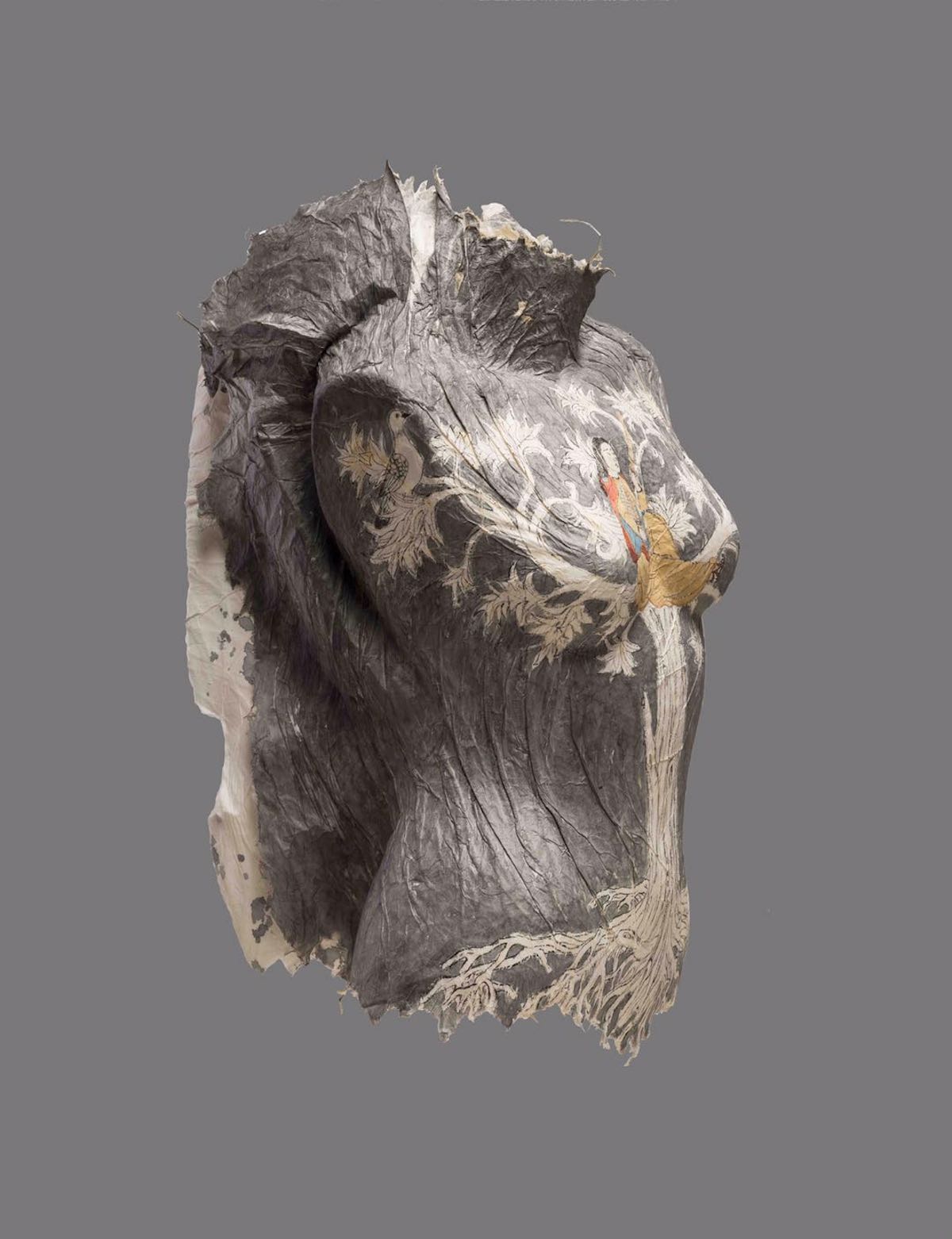


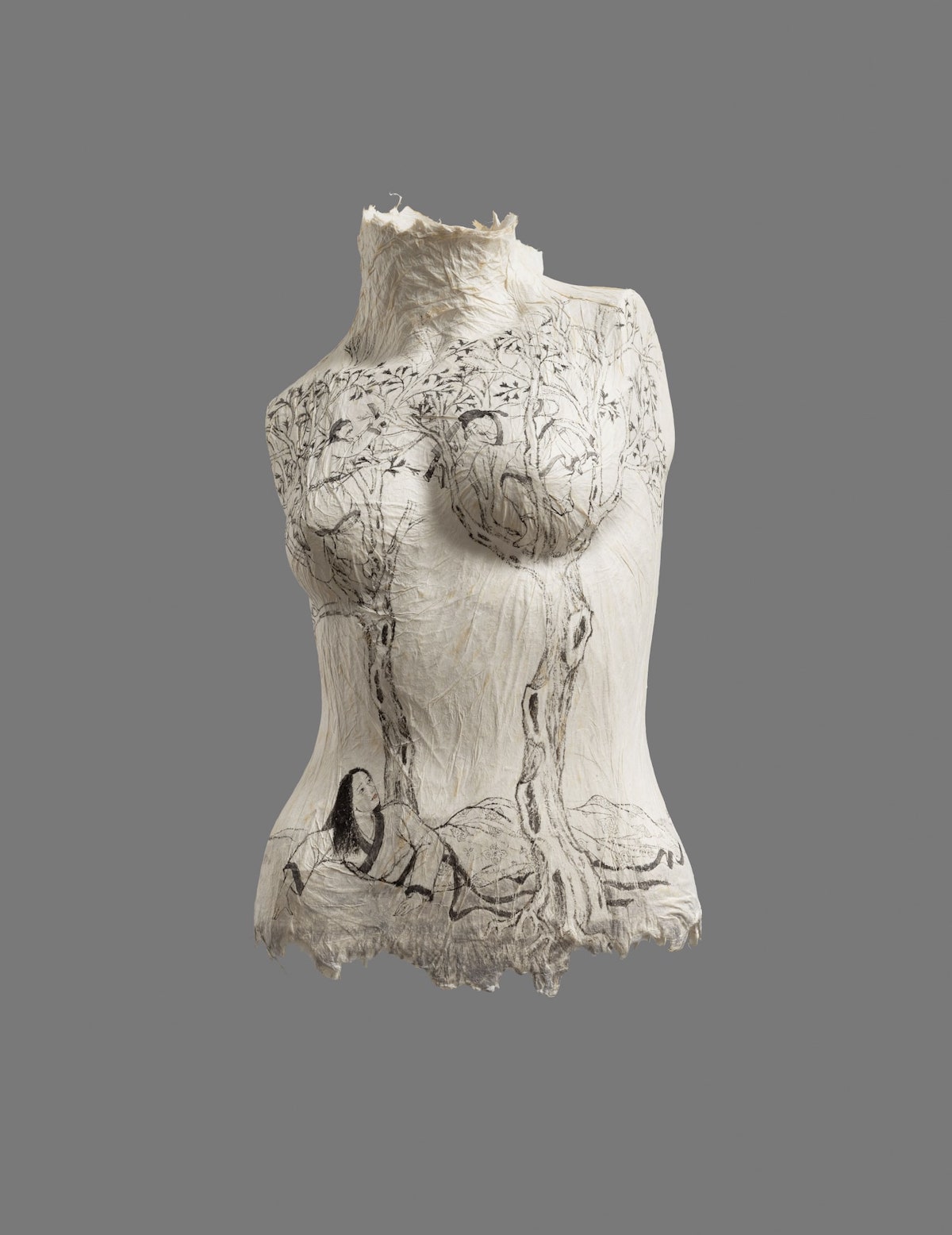
Her exquisitely lovely works honour tradition while also confronting it in a subtle appreciation of feminine and womanhood.

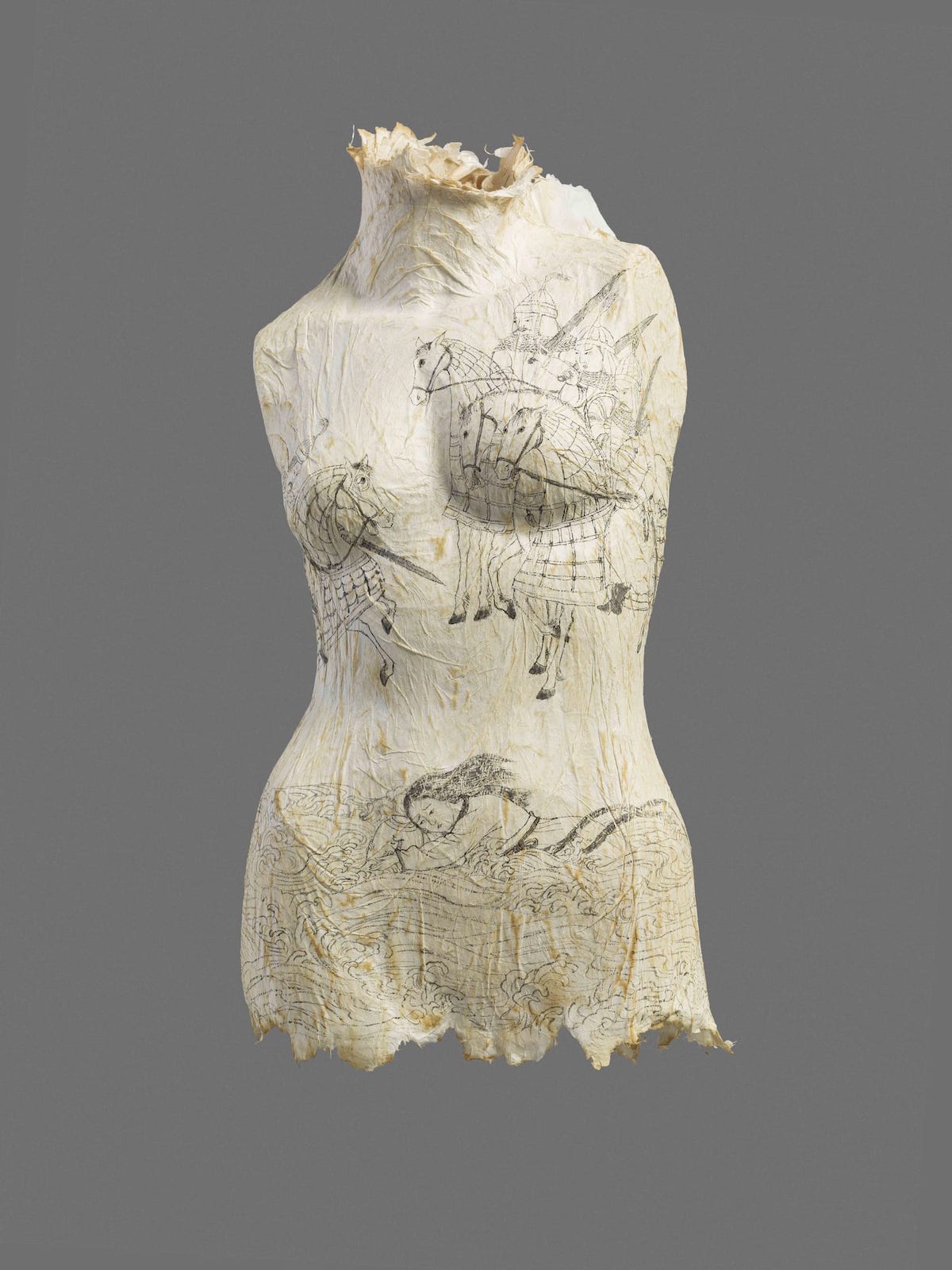
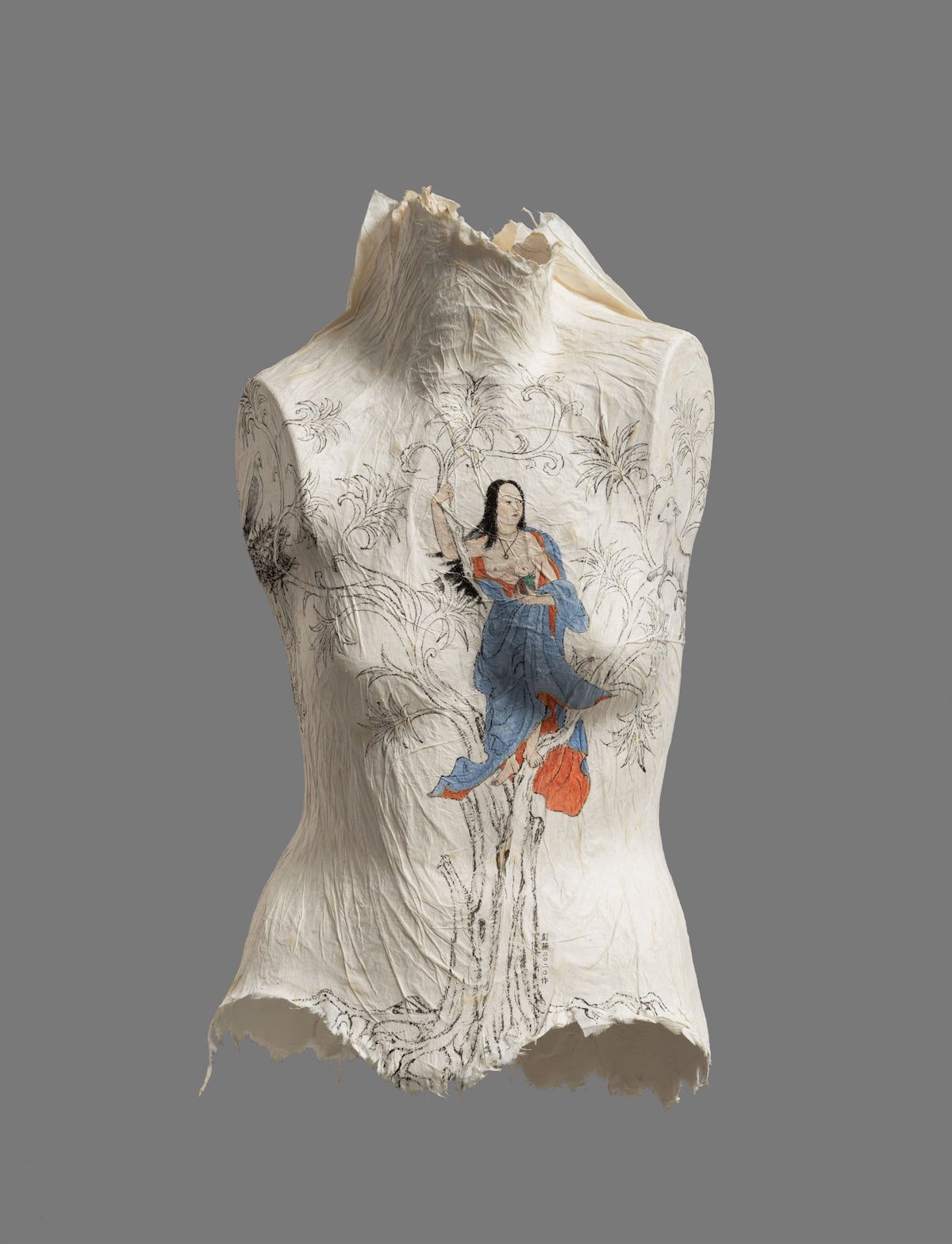
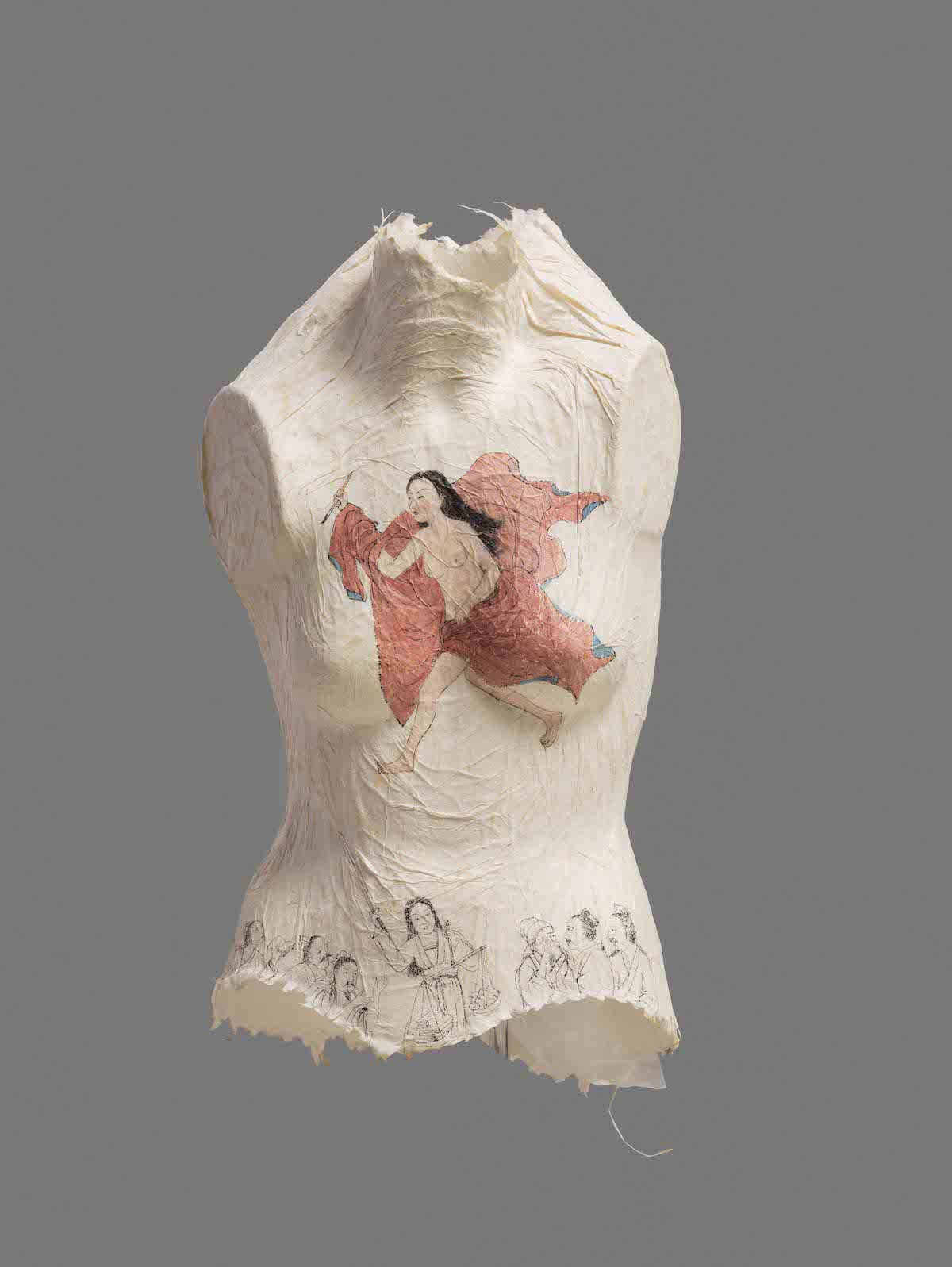
Tradition “is living, and still steadily growing; it is not past and lifeless,” in the author’s own words.
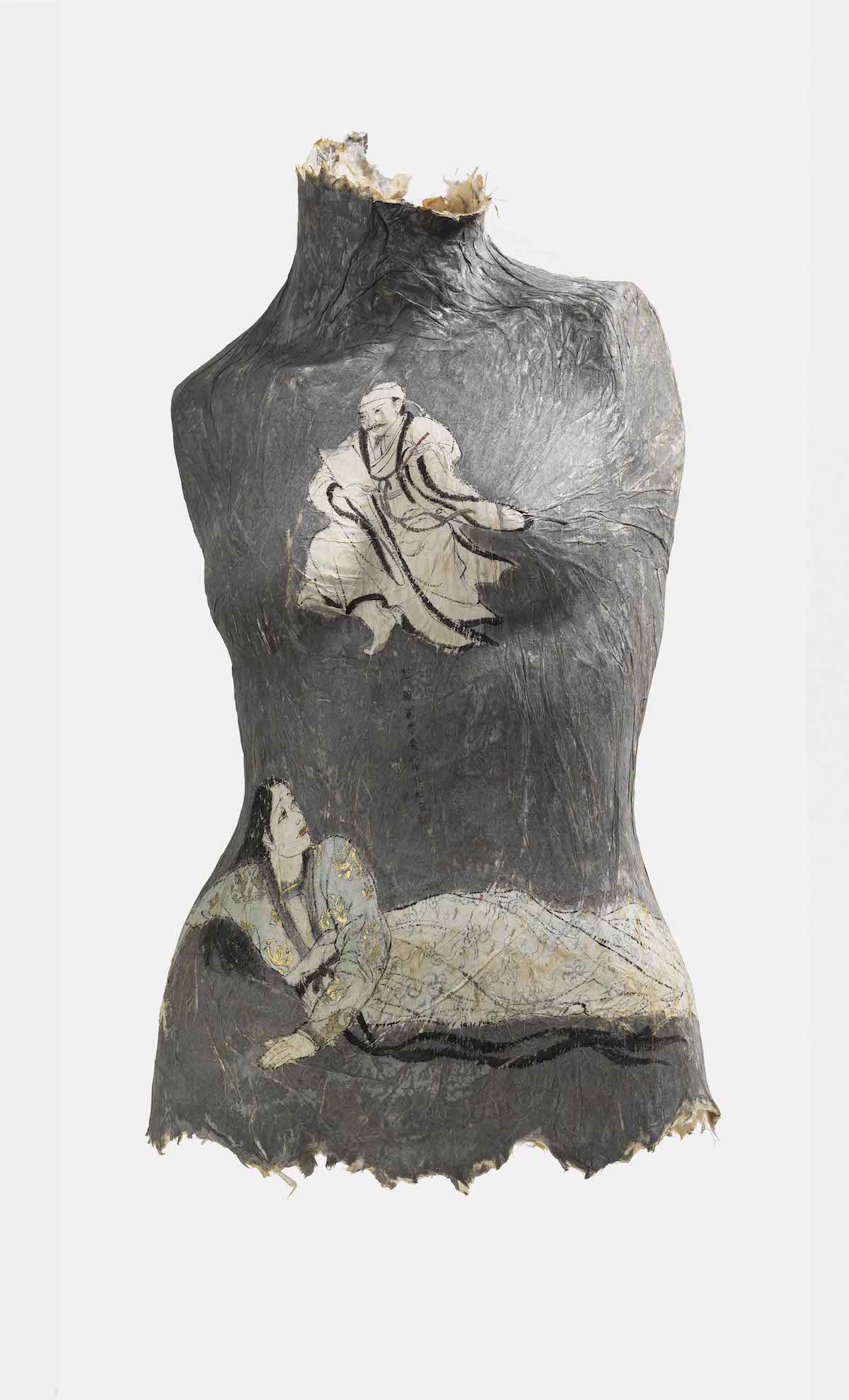
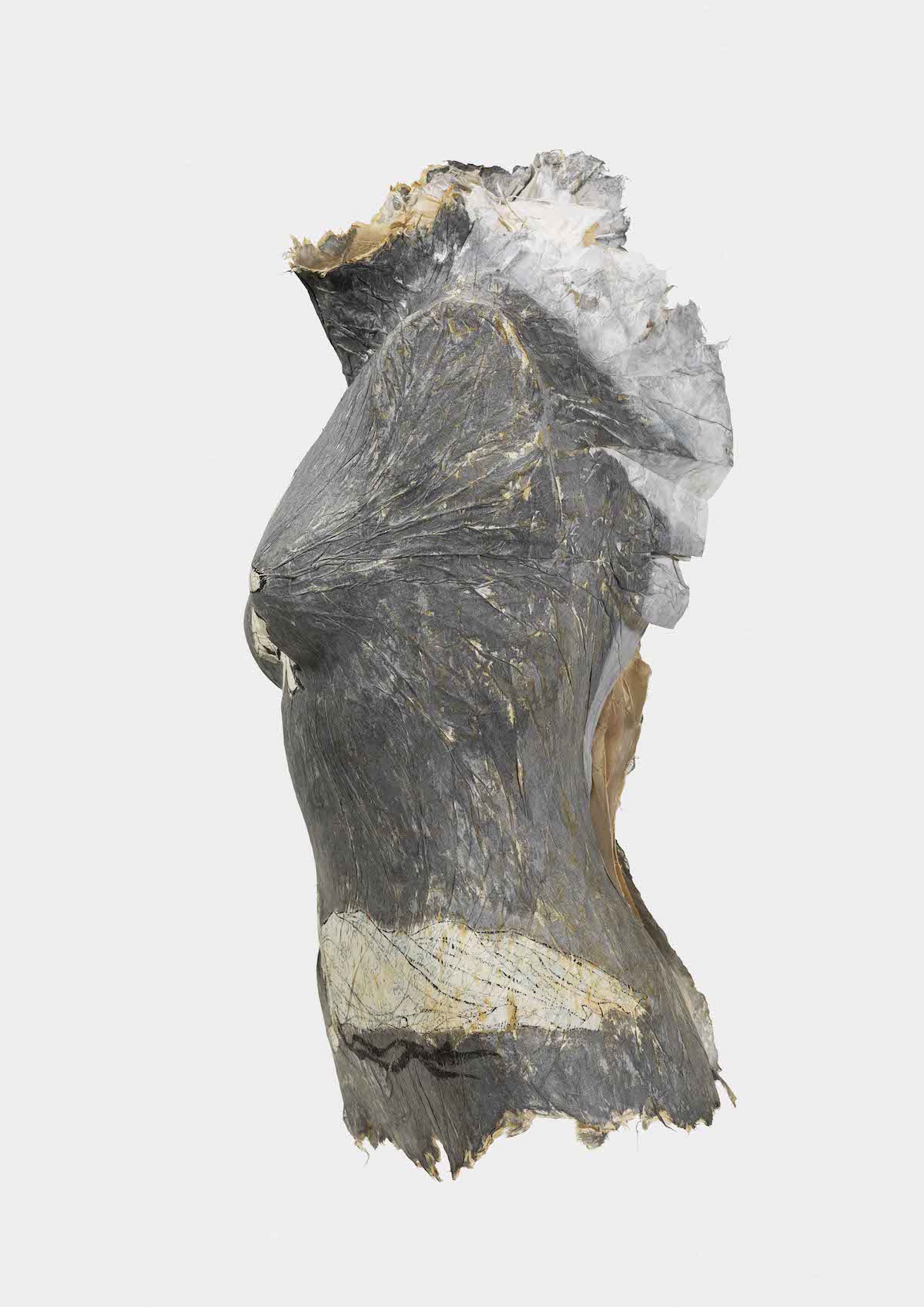
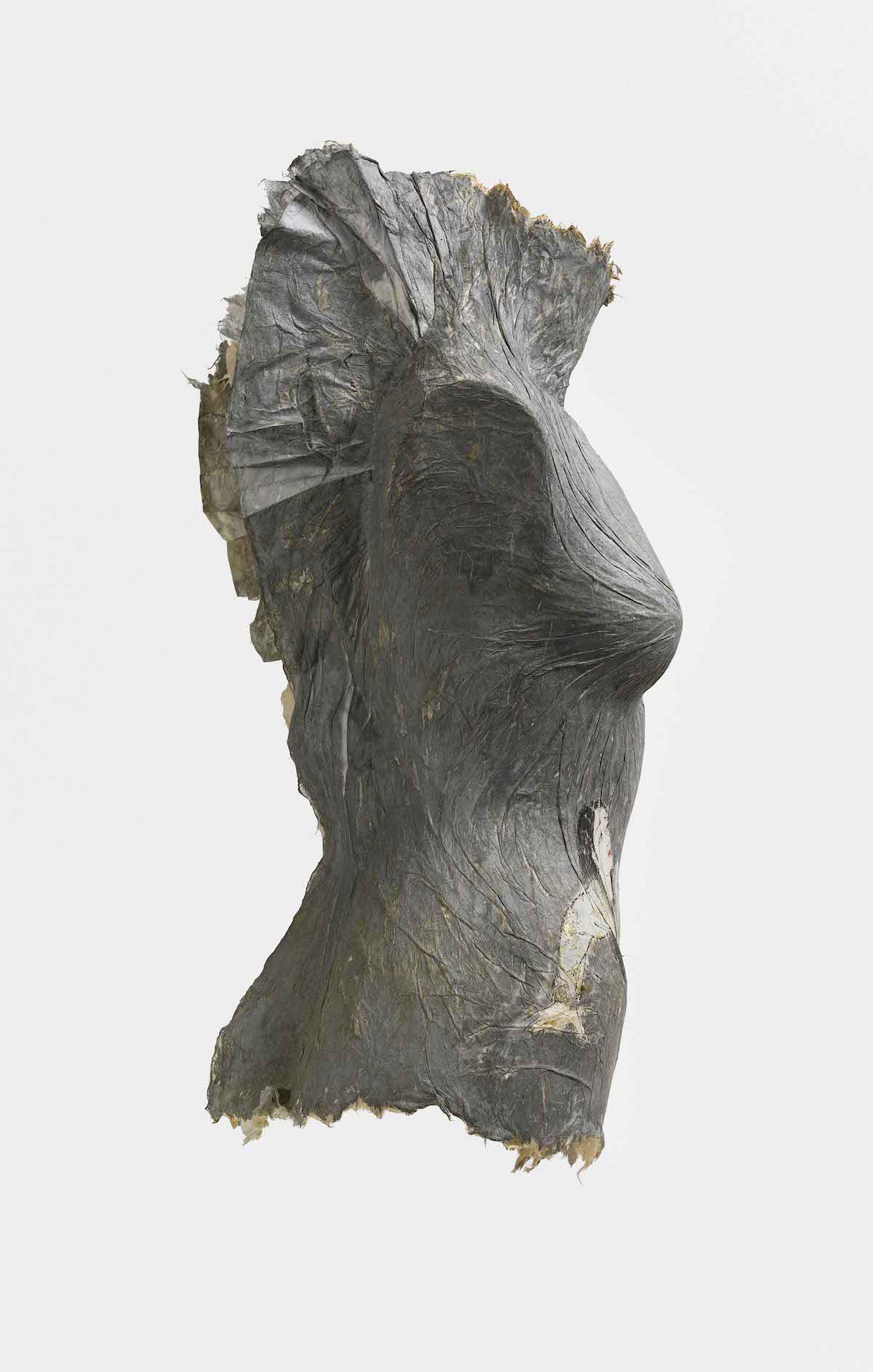
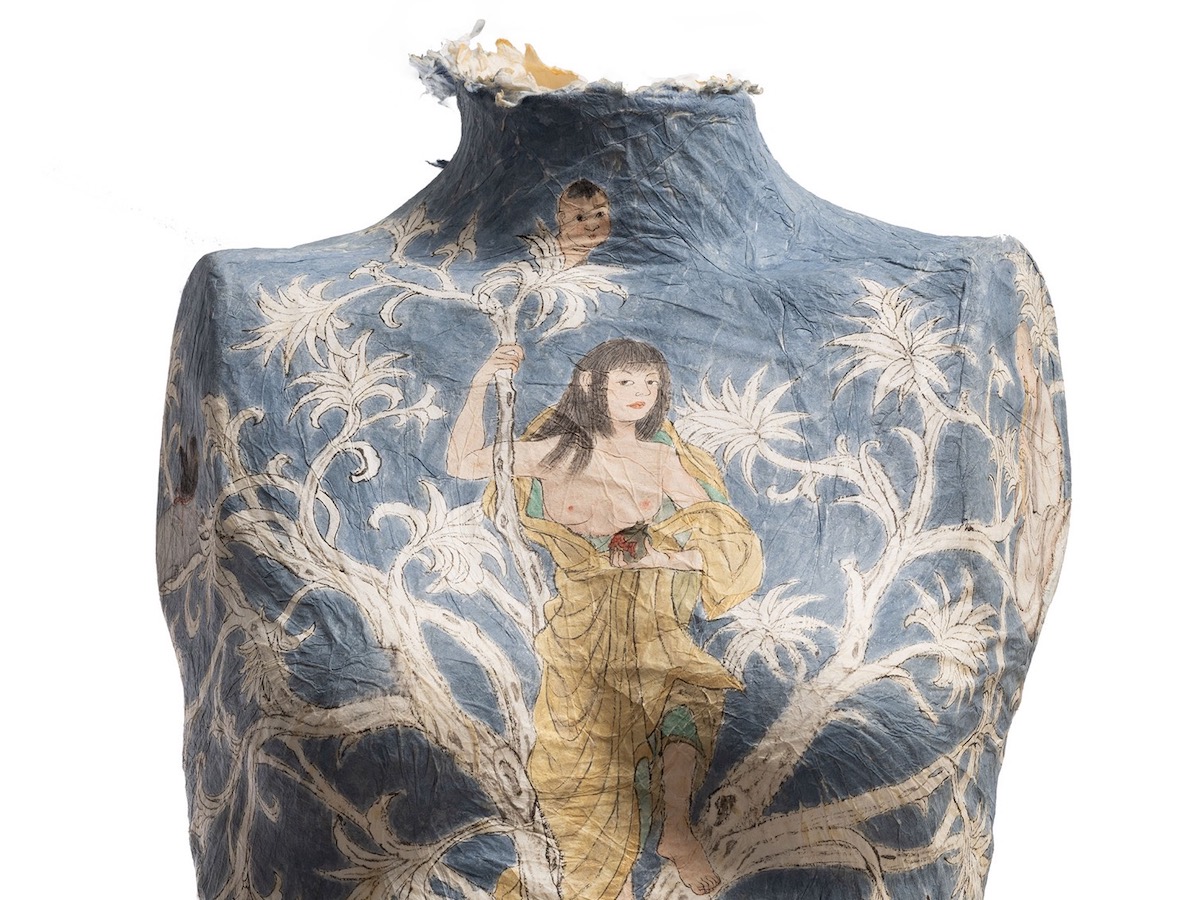
Source: Website | Tina Keng Gallery
